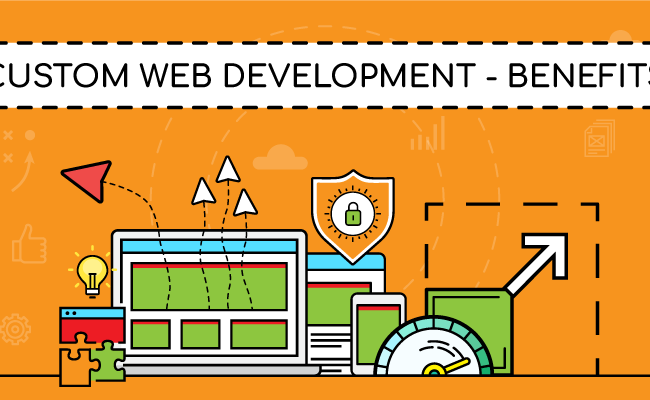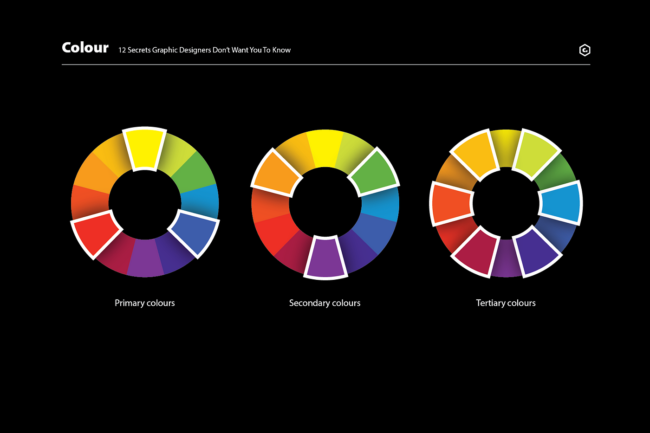Animation designing is a mesmerizing art form that seamlessly blends creativity, technology, and storytelling to bring characters and worlds to life. From the hand-drawn classics of yesteryears to the cutting-edge CGI spectacles of today, animation continues to captivate audiences of all ages across the globe.
The Genesis of Animation Designing
Animation has a rich history dating back to the early 20th century when pioneers like Walt Disney and Max Fleischer experimented with bringing drawings to life through motion. Since then, the art form has evolved significantly, embracing various techniques such as traditional hand-drawn animation, stop-motion, computer-generated imagery (CGI), and more recently, techniques like motion capture and augmented reality.
The Core Elements of Animation Designing
At its core, animation designing involves a meticulous process that encompasses several key elements:
Conceptualization:
Every animated project begins with a concept or idea. Whether it’s a whimsical character, a fantastical world, or an engaging storyline, the conceptualization stage sets the foundation for the entire animation.
Storyboarding:
Storyboarding is akin to creating a blueprint for the animation. It involves sketching out key scenes and sequences to visualize the flow of the story and determine camera angles, pacing, and transitions.
Character Design:
Characters are the heart and soul of any animation. Character designers breathe life into sketches, imbuing them with personality, emotions, and unique traits that resonate with the audience.
Animation Techniques:
Animation designers employ various techniques to bring characters and scenes to life. Whether it’s frame-by-frame animation, 3D modeling and rigging, or motion capture, each technique offers its own set of possibilities and challenges.
Visual Effects:
Visual effects play a crucial role in enhancing the overall look and feel of an animation. From dynamic particle effects to realistic lighting and shading, visual effects artists add depth and realism to animated worlds.
Sound Design:
Sound design is often an unsung hero in animation. Sound effects, music, and voice acting contribute to the immersive experience, helping to evoke emotions and convey narrative nuances.
The Future of Animation Designing
As technology continues to advance, the future of animation designing holds endless possibilities. From virtual reality experiences to interactive storytelling, animators are constantly pushing the boundaries of what’s possible. However, amidst the ever-changing landscape, one thing remains constant—the magic of animation and its timeless ability to inspire, entertain, and transport audiences to new and wondrous worlds.
















